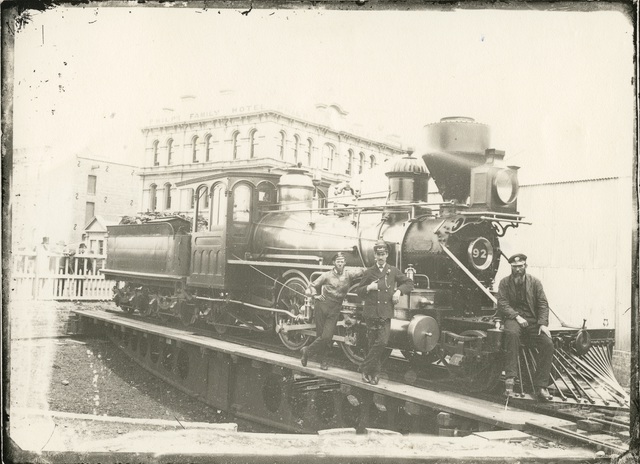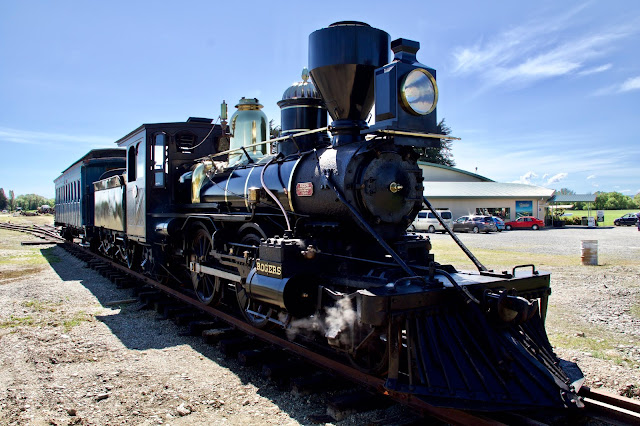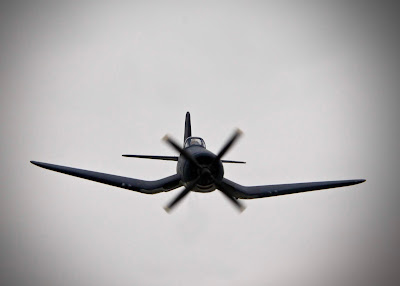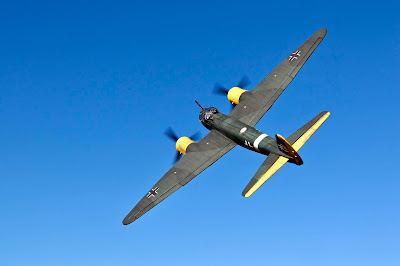I took the kids out for a look and we had a great time. Presently, the railway has only a few hundred metres of track and one operable coach , which was first built in 1892! The locomotive was in service for 48 years and during that time it's original wagon top boiler and russia iron boiler jacket was replaced.
The locomotive is slightly unusual in that it is a 2-4-2 wheel arrangement or "Columbia" type. Two of this type were procured from Rogers in 1877 as a trial. Their arrival caused quite a stir in New Zealand, which up until that time had only used British built locomotives. They were quite a bit different to their British counterparts, with bar frames, Gothic style wooden cabs, locomotive bell and the usual kaleidoscope of colours typical of American locomotives of that period.
The first two locomotives were a success and six more of the class were ordered from Rogers, including K92.
The image below (linked from the Waimea Plains website) shows K92 in what was probably her original form. The wagon top boiler and Russia iron jacket can be readily seen. The steam dome is also closer to the cab, typical of American locomotives of that period. Coincidently, this very turntable is also in the possession of the Trust and it's restoration is well underway.
At the end of it's life K92 was pushed into a local river to help combat riverbank erosion. It lay there for many years until it was retrieved and restored. You can read more about K92's story and the Waimea Plains Railway here.
K92 today. The highly polished boiler jacket reflects the blue sky and the green fields around Mandeville. The firebox is noticeably more square and the steam dome is above the second driver. The reconstructed wooden cab is also less Gothic in style.
















